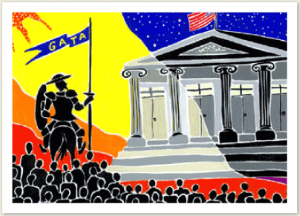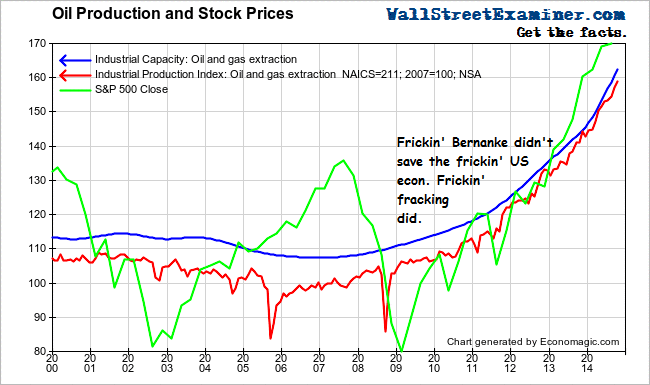 Translation of the interview for Oroyfinanzas.com
Translation of the interview for Oroyfinanzas.com
Oroyfinanzas: These last few weeks half of the planet’s stock markets reached historical heights. Do you see this upward movement continuing going forward?
Fabrice Drouin Ristori: I would answer in two parts:
First, in nominal terms (measured in paper currencies), stock markets have effectively been growing these last years, but evaluating an asset in a devaluating currency (dollar or euro) does not lead to a clear vision of its performance. In order to get a clear idea of its performance, I think it is best to eliminate the monetary factor and compare an asset against other real assets, such as gold or oil, for example. And if we use this method over a long period, we realise that the stock markets do not really perform highly. This performance is an illusion due to the depreciation of paper currencies.
Secondly, stock markets are not the free markets they once were. We now know that central banks intervene massively in those markets, distorting their value by creating demand coming directly from liquidity injections into the system. So as long as central banks keep monetising the stock markets, we will continue to see a high performance in nominal terms, but not in real terms.
Thus, if central banks continue to intervene in the stock markets, they can continue rising in nominal terms.
Oroyfinanzas: Is this rise justified, seen through the lens of economic fundamentals and corporate results?
Fabrice Drouin Ristori: No. The price-to-earnings ratios are approaching levels of over-valuation like the ones of the last speculative bubble of the 2000’s. As I was stating above, the current valuation of the stock markets has strictly nothing to do with fundamentals, and everything to do with central banks’ interventions. Or else, for instance, how could one explain that trading volumes on stock markets have been plunging these last few years, while stock prices are rising? It doesn’t make any sense, unless one factors in central bank interventions.
Oroyfinanzas: Is there a mutual relationship between central banks and stock markets?
Oroyfinanzas: Is there a mutual relationship between central banks and stock markets?
Fabrice Drouin Ristori: The majority of investors keep an eye on the stock markets’ performance. A rising stock market may provide the illusion of economic health and comfort for the masses. And this is what governments and central bankers have been trying to sell us since 2008, while the fundamentals of the real economy keep on deteriorating.
This is the reason why central banks, certainly at the behest of governments, intervene in those markets. This is, notably, the role of the Plunge Protection Team in the United States.
This post was published at Gold Broker on Nov 27, 2014.
 Establishment of a physical gold exchange remains up in the air after recent negotiations between the Stock Exchange of Thailand and gold dealers over management power ended in discord.
Establishment of a physical gold exchange remains up in the air after recent negotiations between the Stock Exchange of Thailand and gold dealers over management power ended in discord.





















 Follow on Twitter
Follow on Twitter
Recent Comments